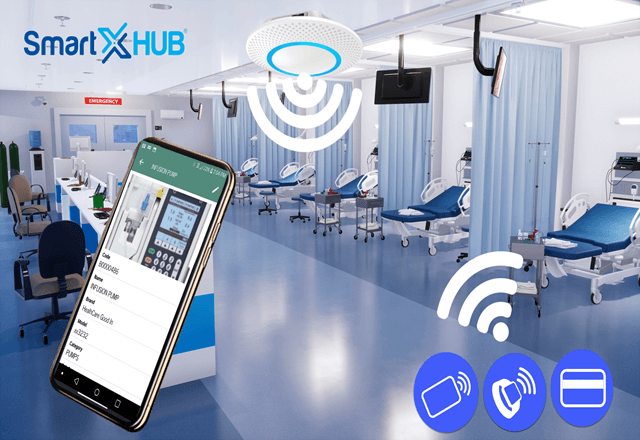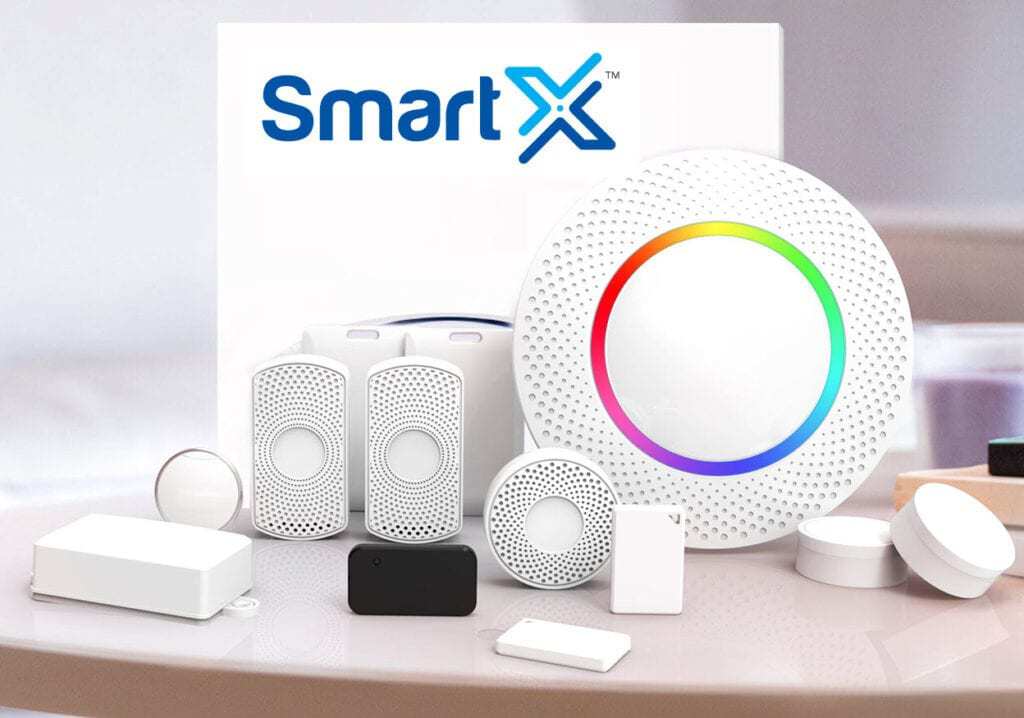- Solutions
- Industries
- IoT Platform
asset management
security
- Resources
Resources
Products
Success Stories
RTLS Fundamentals
- Blog
- About
- En-US
How does Beacon work in a real Asset Tracking application?

Every industry is utilizing beacons for their maximum benefits. You can find beacons from airports to the stadium, classrooms to shopping mall centers, etc. If you own a business, you can also use them to get maximum benefits. However, you need to come with an effective strategy.
You might be thinking about what you need to implement a complete beacon tracking system. The beacons setup process is very easy and straightforward. All you need to buy beacon devices from a trustworthy company like SmartX. Follow the steps below to utilize beacon tracking technology:
1- First of all, you need Bluetooth beacon devices.
2- Besides, you need an account in our SmartX HUB cloud-based server.
3- Our Gateway software controls the communication between beacon devices and the server.
4- Permission from the user’s smartphone for sending notifications or integrate with SmartX HUB mobile application.
You need to install beacons's Gateway readers in the appropriate places and beacons tags to assets or personnel. Then, you need to configure these tracking devices according to the provided our instructions. When you purchase these devices, the SmartX gives you detailed guidance about the setup of beacons.
There are a lot of scenarios in which you can use a beacon. Let’s have a look at selected use cases of this technology:

Tracking in real time the physical location of people and mobile assets is a critical need in many applications. Tracking assets in a yard, facility, lift trucks in a warehouse, mobile medical equipment in a hospital, or children at a bus, all share a strong requirement to identify, monitor, and locate in real time. And very often, to learn where everyone and everything has been over time.
Beacon tags are attached to such assets as wheelchairs, shipping containers, assets or equipment while corresponding receivers are installed in areas or zone, as rooms and some hallways. The receivers capture tags’ regular signals and forward the data to the Smartx Hub cloud-based server. The software is able to link each tag’s corresponding asset with their physical location (GPS or Zone location).
Some applications can be done using zonal Tracking, especially focuses on larger areas and can pinpoint the relative location of an asset on an indoor map.
The Smartx solution can provide current and historical location and status of assets and people. It can also detail how the assets are being used and, in some scenarios, by whom.
Beacons could also be leveraged to track check-in, check-out, cleaning, and maintenance. With Beacons tags, personnel responsible for equipment maintenance, calibration, and certification get automated alerts and reports with the location, next service date and status of all equipment ensuring equipment is being maintained on time and calibration and certification cycles are shortened.
BLE beacons are configured with a unique identifier. In addition, depending on application requirements, the frequency of advertisement should be adjusted to meet user case needs while maximizing battery life. For example, advertising frequency could be set at 10 seconds to track assets in a yard. Tracking fast moving vehicles, such as autonomous robots in a production plant may require more frequent advertisement.
iBeacons carry a number of key figures and have several configuration options. This data can be viewed and edited using a smartphone app or software from the manufacturer.
UUID: the UUID generally transmits the beacon’s membership to an upper group (e.g. “belongs to airport XY”). All beacons from this operator have the same UUID and can thus be assigned.
Major: This indicates which group several beacons belong to. For example, this could be all beacons in Terminal 1 at Frankfurt Airport. The purpose of use can also be differentiated, for example, “position determination cars” and “navigation for sellers” in a car dealership.
Minor: Identifies individual beacons whose exact position is recorded on a digital map.
TX Power is the signal strength measured in a calibration process one meter from the beacon (RSSI value – received signal strength indication). It is determined and entered permanently. The set transmission power can influence the accuracy of the position determination. Higher signal strength means higher energy consumption. TX Power is measured in dBm. Decibels milliwatt (dBm) is the power level in decibels based on 1mW. High transmission power is for example -59 dBm, whereas -81 dBm is rather low.
Transmission interval: The transmission interval specifies the time intervals (e.g. 1000 milliseconds) the beacon sends out signals. The same applies here: the higher the transmission interval, the higher the energy consumption (double transmission frequency approx. Double energy consumption). But it also means that the position can be determined faster and more up-to-date.
Almost all companies can improve the user experience of their customers at both front and back end. Further, they can streamline operations, drive sales, and collect some useful data. Among all, retailers and marketing industries are getting maximum benefits by using these devices. How businesses and marketing are taking advantage of this technology? Let’s discuss both one by one:
Beacons are very easy to deploy. For example, you can install a USB beacon like a computer keyboard.
These are dependable devices as compared to GPS. It means underground areas and walls can’t block the signals.
Companies can send ads and notification to their potential customers.
Beacon technology counts laundry items automatically, increasing both the speed and accuracy of accounting for inventory.
Many beacons come with SDK and some other management tools. Besides, the implementation of devices is very easy.
IoT beacon technology literally means radio beacon, similar to the light of a lighthouse. In the original sense, it is a mobile or fixed radio station that is used in navigation, for example in aviation or shipping. The radio beacon emits radio waves that can be used to determine positions. In the IT environment, beacons are used in various areas. Beacons can be small Bluetooth transmitters, status messages in a WLAN, or tracking pixel in a message or on a website, and much more.
Contact us at the SmartX office nearest to you or submit a business inquiry online.
Let us know how we can help you solve your business challenges!
Organizations large and small and across industries can leverage RTLS to improve safety, safeguard materials and work more efficiently.
Discover how your peers are benefiting from real-time visibility.
©2014-2024 All Rights Reserved. SmartX Technology Inc